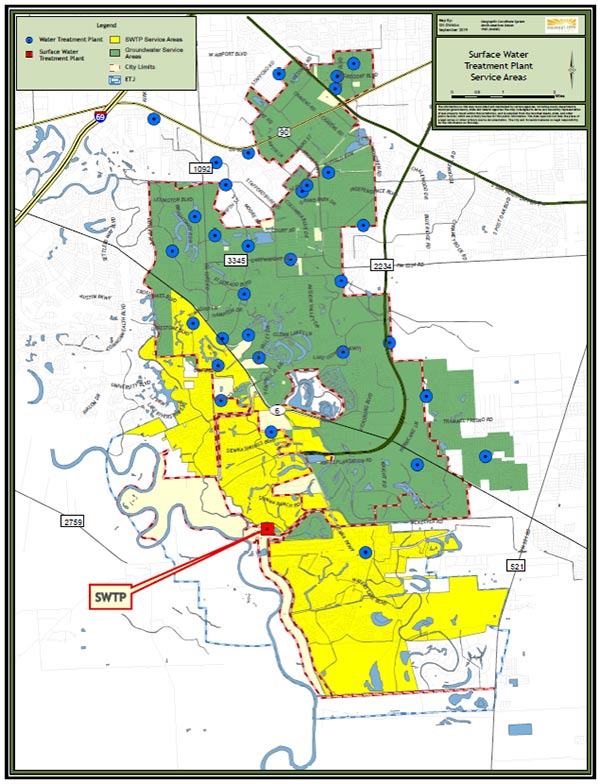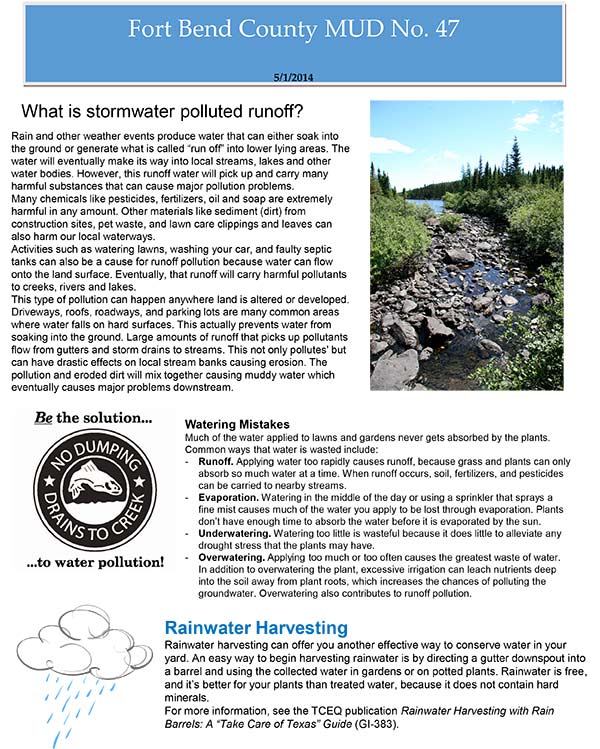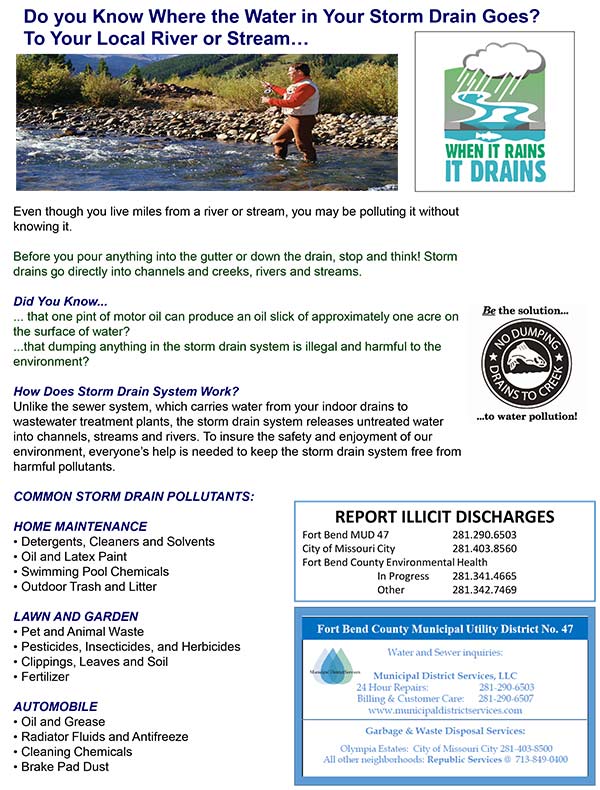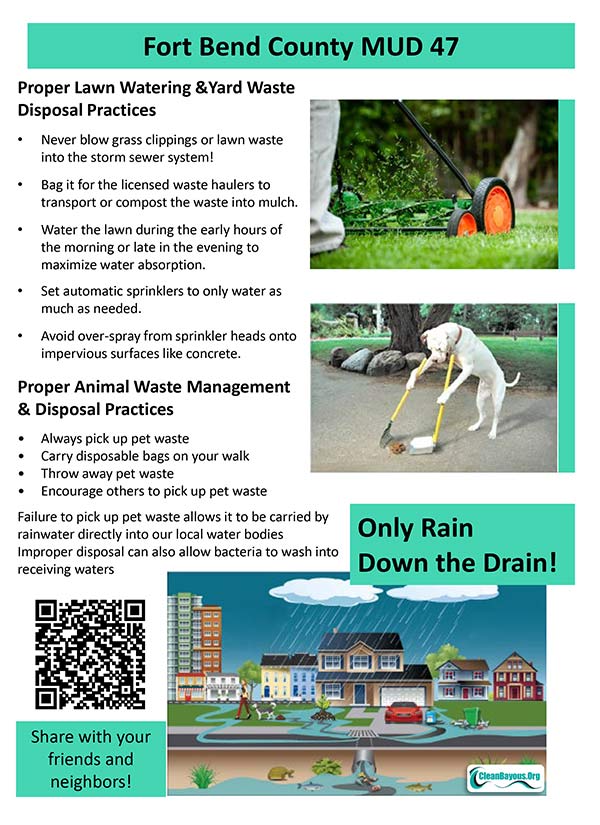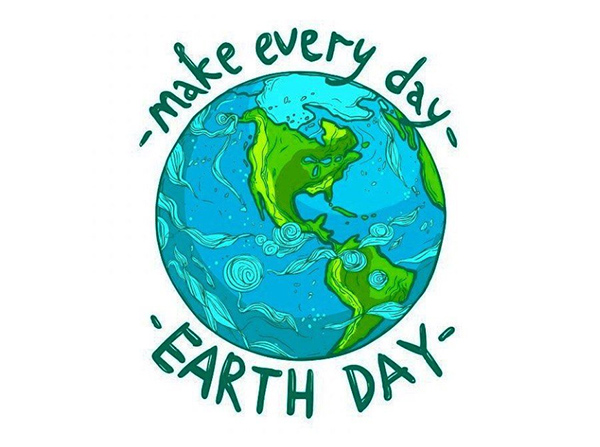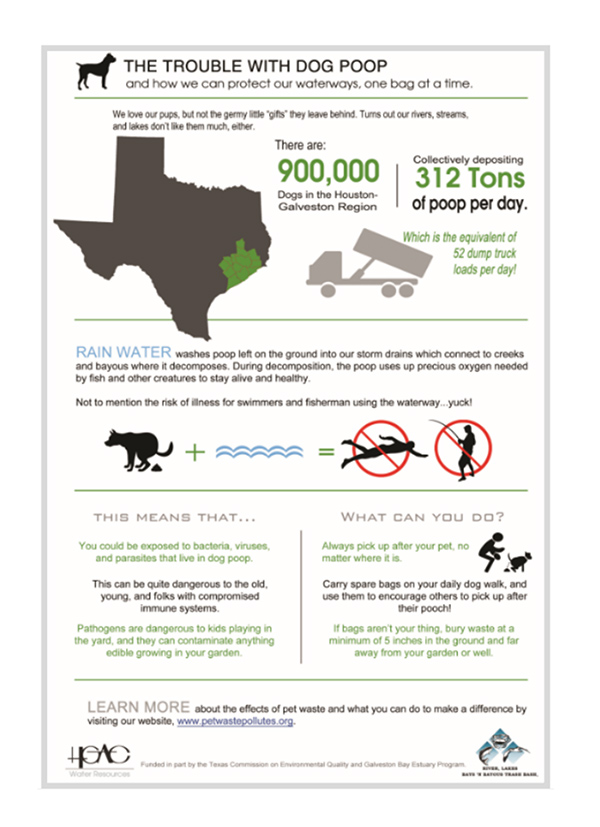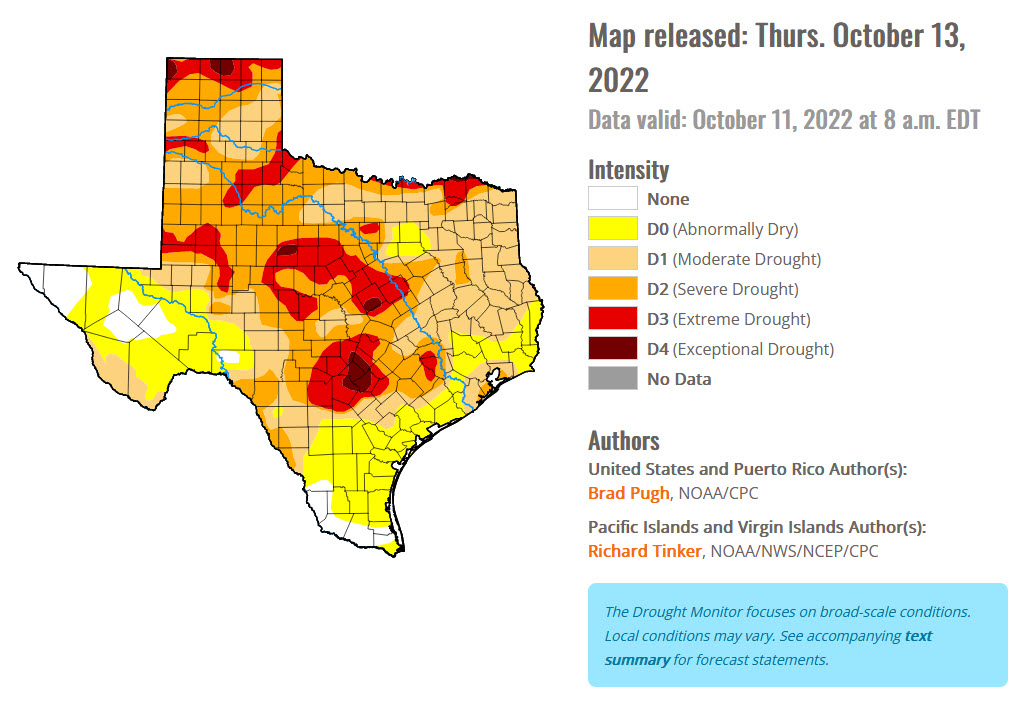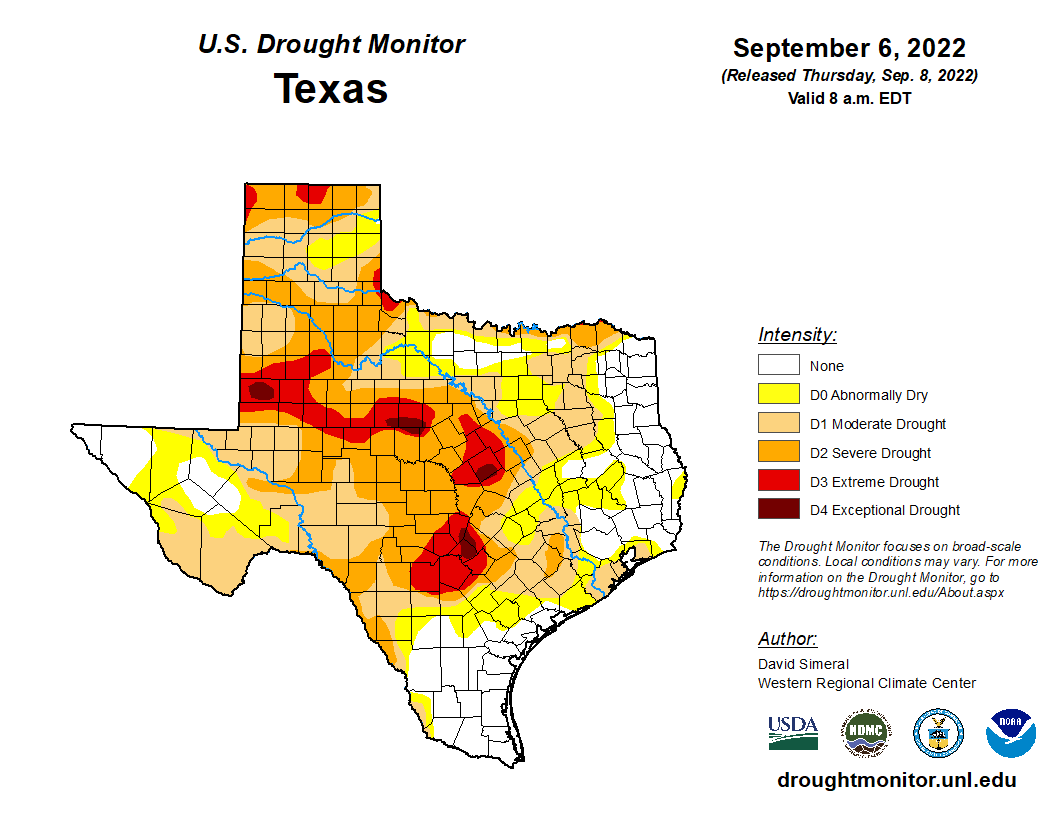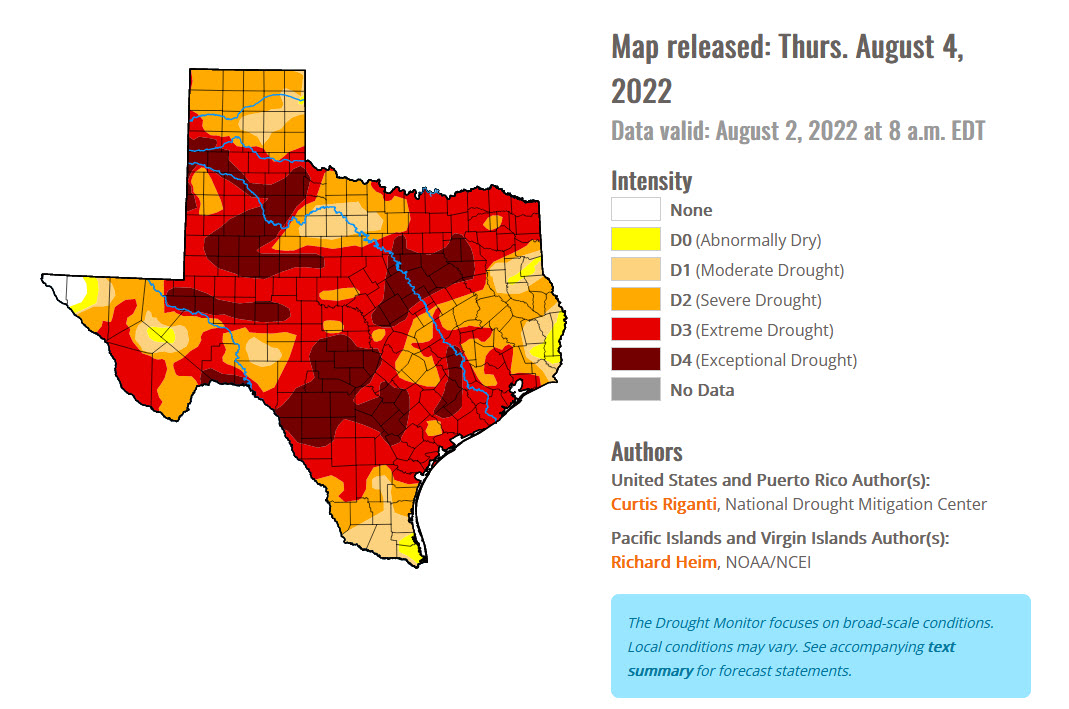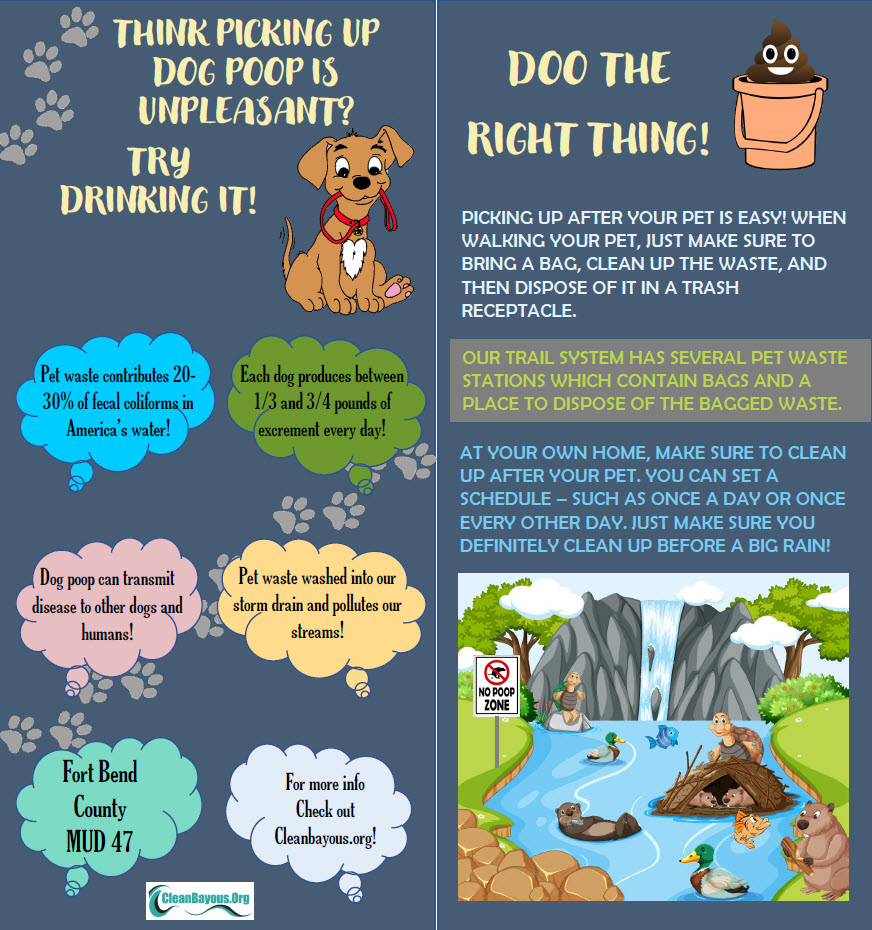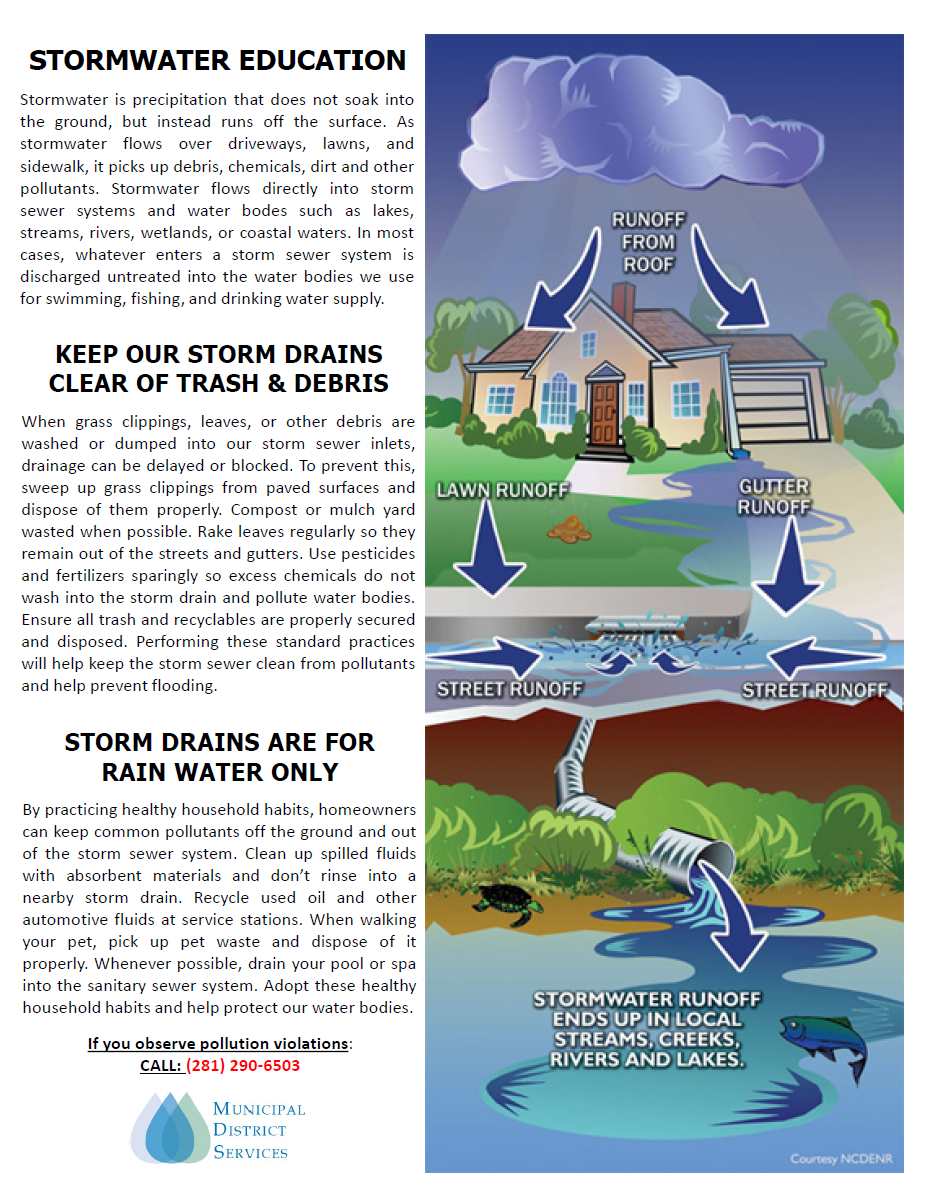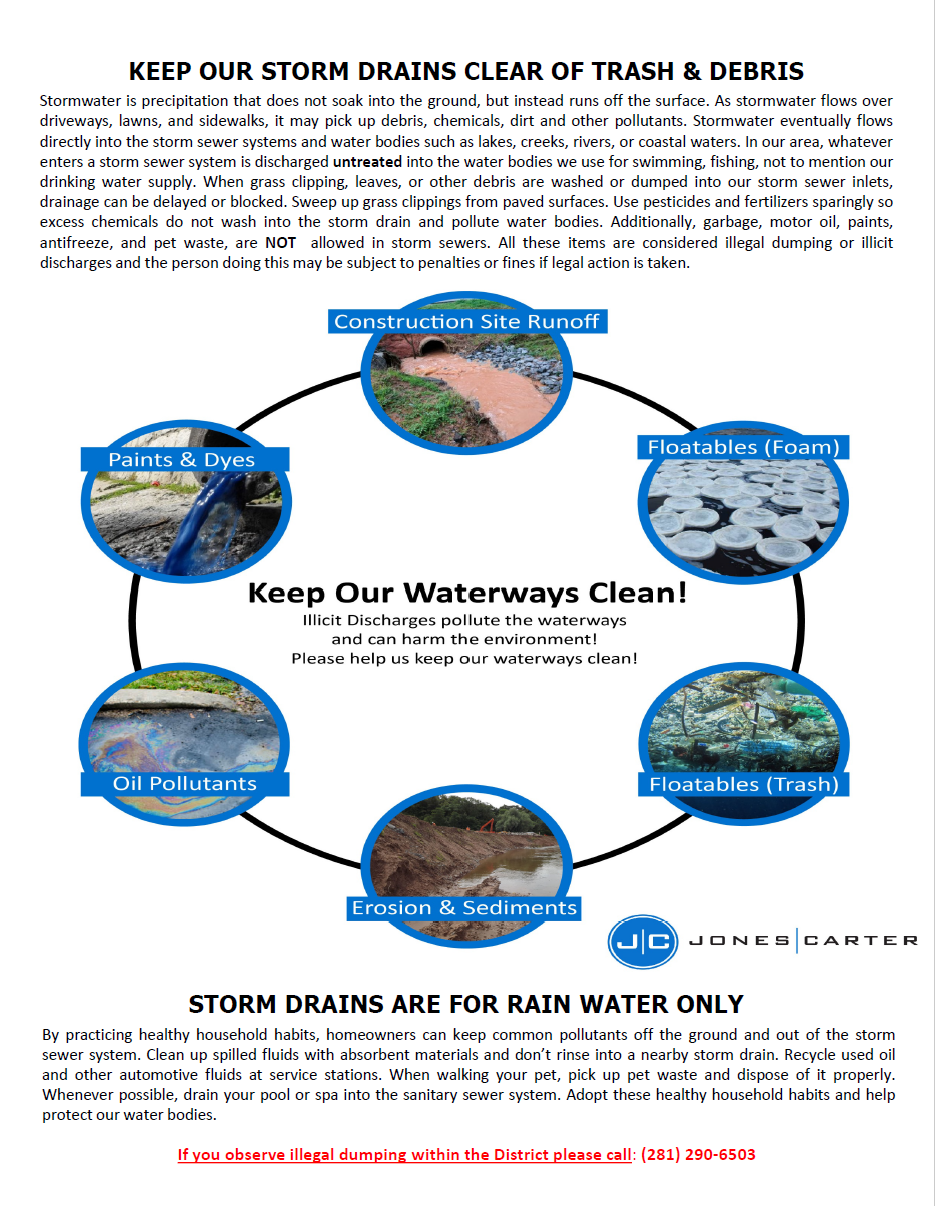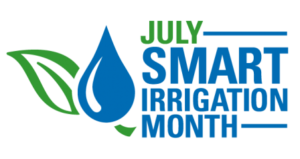Stormwater Drains Aren’t Trash Dumpsters PSA
Missouri City Water Conservation – Mandatory Conservation Rules Lifted as of October 9, 2023
Effective Monday, October 9, 2023, the City is rescinding all Drought Contingency Plan (DCP) water conservation measures.
This includes rescinding both mandatory and voluntary water conservation measures that were in effect since August 28, 2023.
The recent rainfall and lower temperatures have helped in reducing domestic water demands, and hence these DCP measures are no longer necessary.
Fort Bend County MUD 47 (the District) and Missouri City Public Works would like to thank the residents, businesses, and various utility entities for their cooperation in implementing the water conservation measures.
Where does our water come from?
Fort Bend County MUD 47 purchases water from the City of Missouri City.
The City uses two different water sources – groundwater from the Gulf Coast Aquifer (Evangaline) andsurface water from the Brazos River. FBMUD47 receives groundwater from the City’s Mustang Bayou Water Plant. The water plant consists of groundwater wells, storage tanks, booster pumps and disinfection equipment to provide safe drinking water to FBMUD47 and other parts of the City.
The City also purchases surface water from the Gulf Coast Water Authority (GCWA) which is a wholesale water provider for municipalities in Brazoria, Fort Bend and Galveston counties. This surface water is treated at the City’s Regional Surface Water Treatment Plant which provides other areas of the City with safe drinking water.
Because the City, including FBMUD47, has an integrated water distribution system, the City disinfects both groundwater and surface water using chloramines (ammonia and chlorine) intended to benefit customers by reducing the levels of disinfection byproducts (DBPs) in the system, while providing protection from waterborne disease. Water containing chloramines is perfectly safe for drinking, bathing, cooking, and most other uses for water. HOWEVER, there are two categories of people who need to take special care with chloraminated water:
Kidney Dialysis Patients – The change to chloramines can cause problems to persons dependent on dialysis machines. A condition known as hemolytic anemia can occur if the disinfectant is not completely removed from the water that is used for the dialysate. Consequently, the pretreatment scheme used for the dialysis units must include some means, such as a charcoal filter, for removing the chloramines. Medical facilities should also determine if additional precautions are required for other medical equipment.
Live Fish or Other Aquatic Animal Owners – Chloraminated water may be toxic to fish. If you have a fish tank, please make sure that the chemicals or filters that you are using are designed for use in water that has been treated with chloramines. You may also need to change the type of filter that you use for the fish tank.
FBMUD47 is included in the City’s Groundwater Reduction Plan (GRP). The GRP was created to facilitate compliance with the Fort Bend Subsidence District’s (FBSD) groundwater reduction mandates. The City charges FBMUD47 a fee to administer the program which is passed on to customers of FBMUD47. It appears on your water bill as “GRP.” The FBSD was created by the Texas Legislature in 1989 as a conservation and reclamation district (Act of May 26, 1989, 71st Leg., R.S., ch. 1045, 1989 Tex. Gen. Laws 4251) with the purpose to regulate the withdrawal of groundwater within the FBSD to prevent subsidence that contributes to flooding, inundation or overflow of areas within the FBSD, including rising waters resulting from storms or hurricanes. The FBSD’s boundaries are defined as all the territory within Fort Bend county. http://www.fbsubsidence.org
Click here to view Annual Water Quality Report
MS4 Insert – 2014-14
Only Rain Down the Drain
Earth Day Storm Water Pollution
EARTH DAY (April 22nd) is a global event where people and organizations celebrate our planet in abundant ways: planting trees, recycling, collecting trash, and addressing areas where we are harming our environment. FBCMUD47 has chosen this day to encourage our community to help prevent storm water pollution. The articles below describe ways that we can alleviate pollution in our waterways. Missouri City developed and created a joint Municipal Separate Storm Sewer System (MS4) which focuses on storm water quality management issues. The Storm Water Management Program (SWMP) oversees the quality of discharges from the MS4. See https://www.missouricitytx.gov/88/Storm- Water-Management-Program for more information on MS4 and Storm Water quality.
Dogs Poop 312 Tons Per Day
Drought Map
Doo the Right Thing!
Stormwater Education
Get Smart About Irrigation This Summer
Did you know that of the nine billion gallons of water Americans use outdoors every day at home, about half of that is wasted by runoff, wind, and evaporation? Most outdoor water waste is a result of overwatering landscapes, which can occur when our automatic irrigation systems are not installed or programmed smartly.
Celebrate Smart Irrigation Month this July by taking time to make sure your irrigation system is up to par and operating efficiently with a few intelligent tips from WaterSense.
Try cycling and soaking—apply water in multiple shorter cycles to allow it to soak into the soil. Instead of watering your landscape for 20 minutes straight, try four 5-minute rounds with soak breaks in between. The first soak prepares the soil for subsequent cycles, making it easier for water to penetrate the soil and reach the root zone, avoiding runoff and promoting deeper roots and healthier plants.
If you’re planning some updates to your landscape, you can also try grouping plants with similar watering requirements together for greater water savings. Using “hydrozones” can reduce water usage by watering to each zone’s requirements. Hydrozones can also protect plants from overwatering or underwatering, promoting the overall health of your landscape. For example, grassy areas should be in a separate hydrozone than shrub areas because of their differing water needs. For more watering tips and efficient landscape design ideas, check out the WaterSense Water-Smart Landscapes Guide.
How you water is important, but so is when! Avoid watering when it’s raining or in the middle of the day to reduce water waste. To take the guesswork out of watering, install a WaterSense labeled irrigation controller, which works much like a thermostat for your landscape by only watering when needed. And if you need help, remember that professionals certified by WaterSense labeled professional certification programs have the skills you need to design, install, and maintain a smart irrigation system.
For more information on “hydrozones”, visit https://www.loveyourlandscape.org/expert-advice/eco-friendly-landscaping/hydrozoning/designing-a-yard-using-hydrozones/

